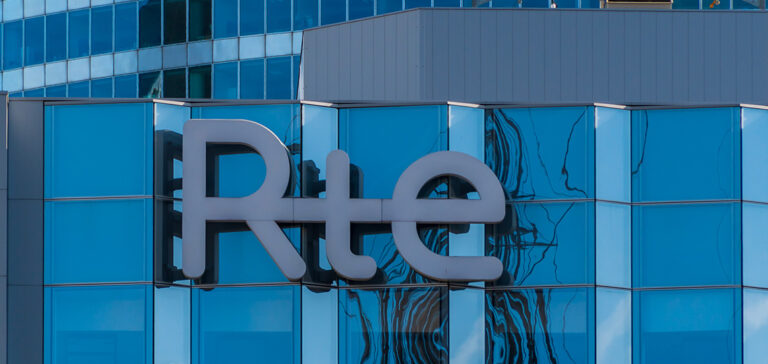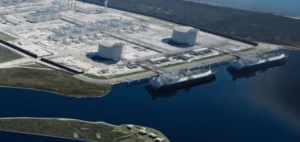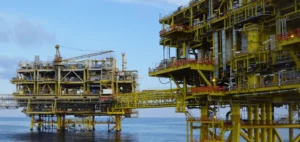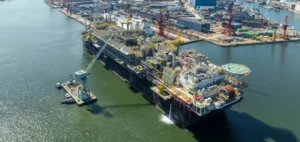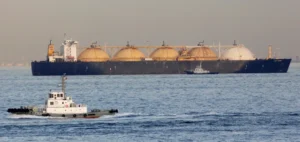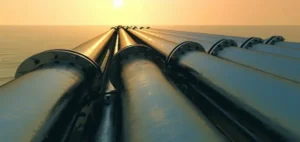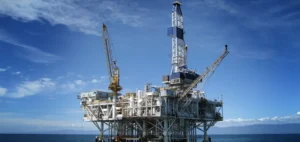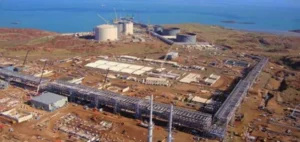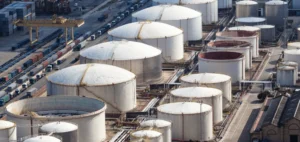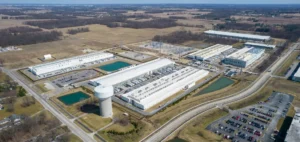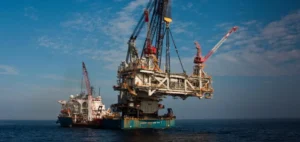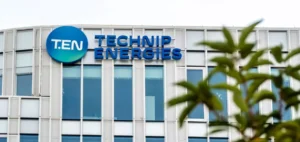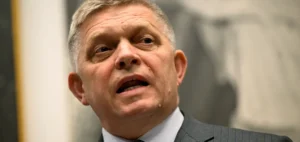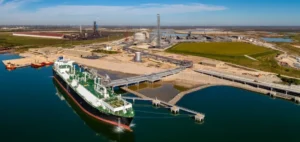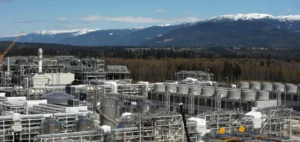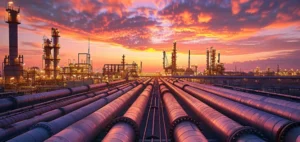Electricity consumption fell by 5.4% last week in France compared to the average from 2014 to 2019, and by 6.6% over the past four weeks, according to data released by RTE, the French electricity transmission system operator.
“If France consumes less, it is essentially due to the large industrialists who have lowered their consumption, (…) of the order of what we experienced in 2008″ during the financial crisis of subprimes, had analyzed Monday the president of RTE, Xavier Piechaczyk, to the microphone of Radio Classique.
Electricity consumption by households and the tertiary sector also decreased, but to a lesser extent. Over the last few weeks, it is also “difficult” to assess due to school vacations and public holidays, according to RTE.
Deprived of tariff shield, the industrialists undergo of full force the explosion of the prices of the energy, while the households, them, are “much more protected”, had underlined Mr Piechaczyk.
“It’s a reduction in production, so it’s not necessarily good economic news,” he said, adding that the “only” good news was about the security of electricity supply.
This decrease is slightly less than the previous week, when electricity consumption was down 7.6% over one week and 6.8% over four weeks, compared to the 2014-2019 average.
In the midst of the energy crisis, RTE has set up a weekly monitoring of electricity consumption in mainland France – accessible from its website – for better “consumption control” during the fall/winter of 2022-2023.
The consumption data indicated by RTE have been “aligned with normal temperatures for the period” and are therefore independent of the exceptionally mild values recorded in France in October and November.
The government’s sobriety plan, presented on October 6, calls for a 10% reduction in energy consumption over the next two years in France compared to 2019, and 40% by 2050

